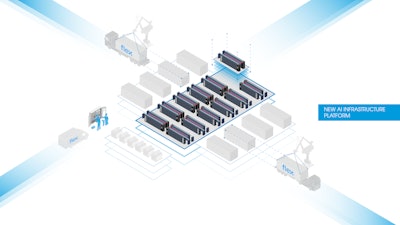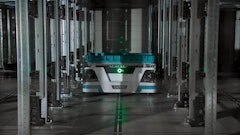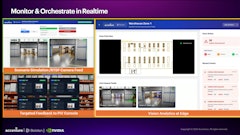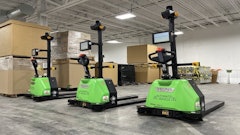
Flex announced what is said to be the industry’s first globally manufactured, fully integrated platform designed for gigawatt data centers supporting AI and HPC.
By uniting power, cooling, compute, and Flex’s global services into pre-engineered, modular reference designs for next-generation data centers, the new infrastructure platform enables operators to deploy infrastructure up to 30% faster, reduce execution risk, and scale reliably to meet the pace of AI demand.
“As AI adoption accelerates, data center operators must overcome rising power, heat, and scale challenges to deploy infrastructure at unprecedented speed,” says Michael Hartung, president and chief commercial officer at Flex. “Flex delivers the industry’s deepest hardware stack by integrating power, cooling, and compute with vertically integrated manufacturing at scale. Its open architecture provides the flexibility required for faster, more predictable deployments, enabling data center operators to keep up with AI demand.”
Key takeaways:
· Key advantages include up to 30% faster time-to-market, accelerating revenue recognition; a unified platform that enables rack, cooling, and power breakthroughs; integration of compute with critical infrastructure for higher performance and efficiency; flexible, open architecture; and built-in monitoring, predictive analytics, and system-level optimization.
The platform debuts with several breakthrough product innovations such as:
· High-density, liquid-cooled IT rack and OCP-inspired power rack, designed to support +/-400V and enable the transition to 800VDC power architectures for next-generation AI infrastructure.
· First-to-market UL 1973–certified capacitor energy storage system, reducing electrical disturbances from AI workloads.
· A scalable CDU, delivering up to 1.8 MW of flexible capacity to support evolving AI, HPC, and hyperscale workloads, backed by comprehensive global support and warranty coverage.
· Pre-engineered modular systems that simplify installation, cut on-site labor through parallel construction and fewer interconnects, and shorten build times.





















